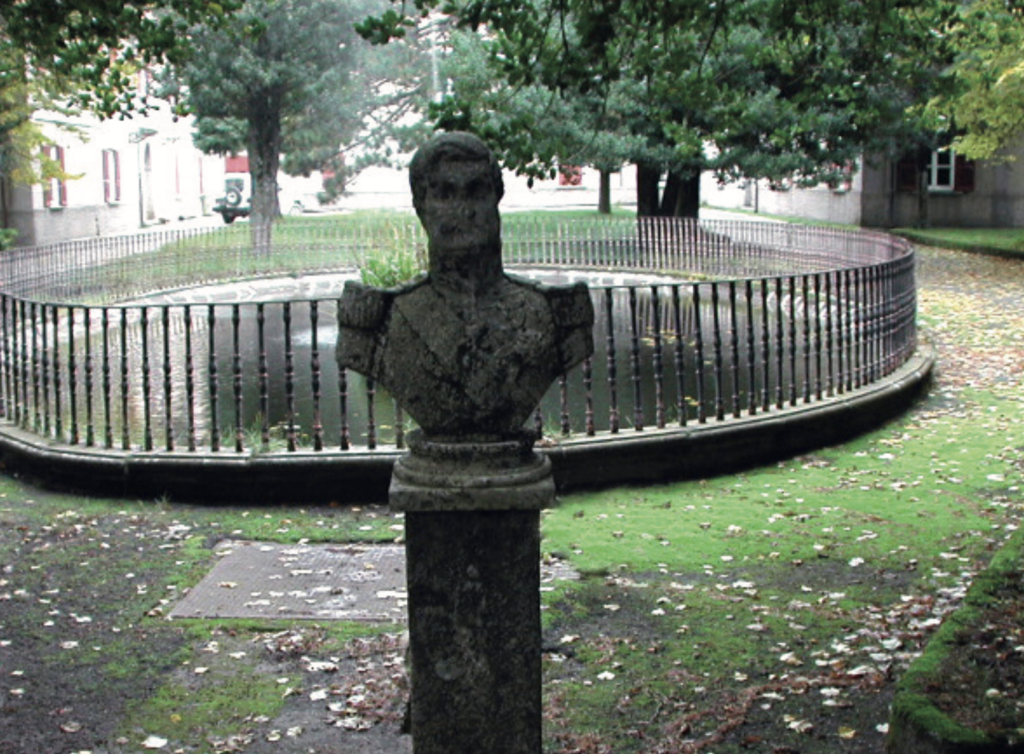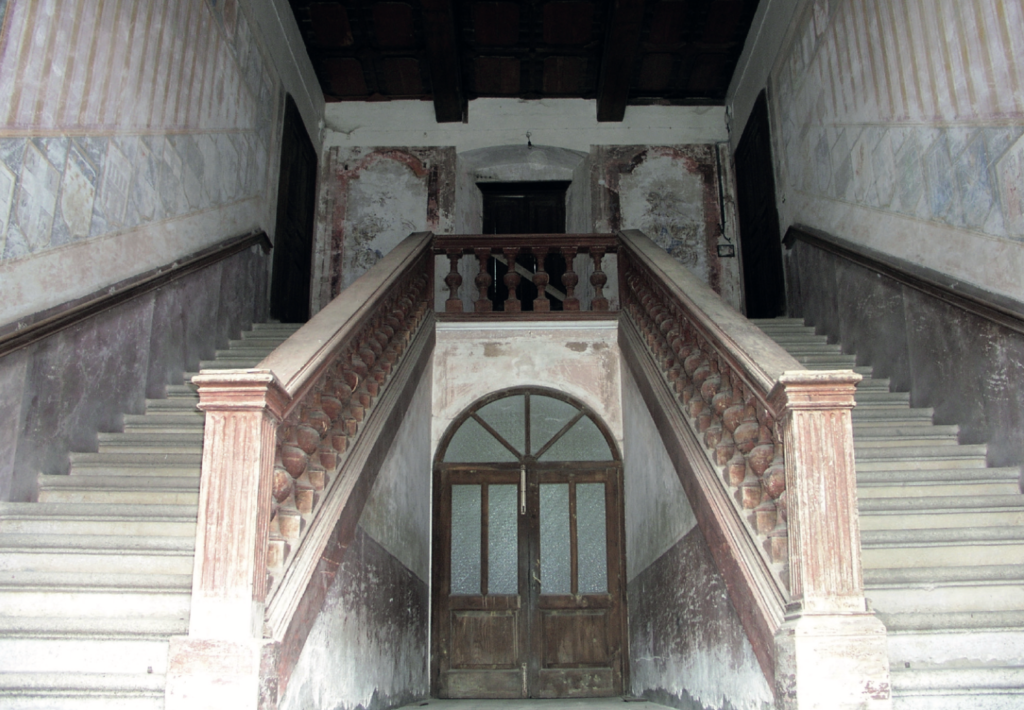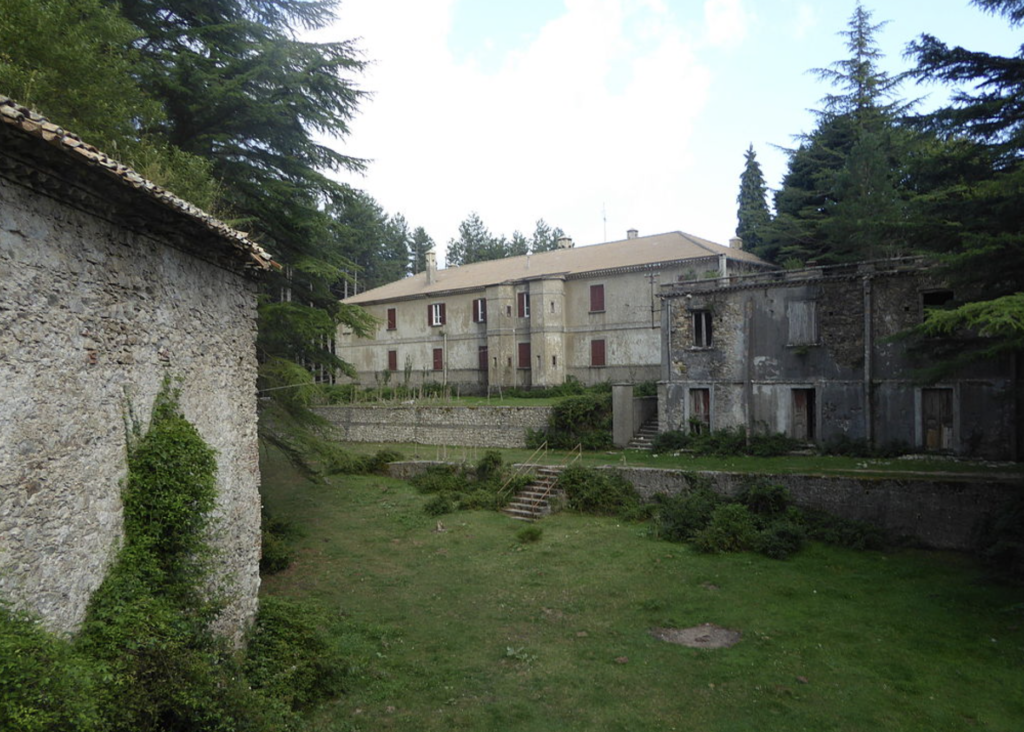Stilo (RC)
Ferdinandea



The Ferdinandea is an imposing building complex surrounded by the woods of the Serre Calabre and located in the centre of the Bosco di Stilo.
Ferdinandea was not the royal palace and/or hunting lodge of Ferdinand II of Bourbon, but over the centuries that saw it in operation, it was a state-owned iron and steel-weapons factory, with a ‘workers’ citadel’ and administrative offices attached. This does not diminish its charm and importance.
Between the end of the 18th century and 1865, the factory represented, alongside Mongiana, the most important and innovative industrial intervention in the Calabrian iron and steel industry. Both were workers’ citadels, military colonies and industrial apparatuses that operated and activated a considerable induced activity in civil society as well.
Work on the Ferdinandea was started by the Bourbons in the late 1700s. The aim was to build a large foundry for large-calibre cannons in the mountains of Stilo to support the Mongiana foundry in war production.
The work, which had been suspended several times, was completed in 1841, during the reign of Ferdinand II, to whom the foundry was dedicated. The large factory occupied an area of about 15,000 square metres, and was divided into two separate buildings. The first, set in a horseshoe shape, with an internal courtyard, housed the administrative residence, with offices, troop quarters, prisons, church, etc. The second, of which only two buildings remain, of the four that originally existed, was the central body of the steelworks.
After the unification of Italy, the Mongiana-Ferdinandea-Pazzano steelworks passed into private hands.
It was bought by Achille Fazzari, a controversial character of the Italian Risorgimento, who immediately began to resume the smelting campaigns convinced that he could ‘lift the fortunes of the population of the Convicini villages’. Unfortunately, his expectations were not long in coming up against bitter reality.
The government, which had already decreed the death of the Calabrian iron and steel industry by selling him the plants, made him miss public orders and Fazzari, in order not to risk bankruptcy, was soon forced to close down, and this time for good. He reconverted production at the Ferdinandea and elected it as his mountain residence, where he hosted numerous personalities of the time, including the writer Matilde Serao.
The only ‘industrial’ vocations implemented at Ferdinandea and in the Bosco di Stilo were, and still are, those linked to the exploitation of wood from the forests and the bottling of water from the Mangiatorella spring, started by Fazzari himself.
The Ferdinandea’s vast building heritage still resists neglect and the ravages of time.
In the inner courtyard of the palace, there are relics from the Bourbon period: a cast-iron aedicule surmounted by a cannon ball engraved with a dedication to King Ferdinand and a granite bust of the King. Both come from Mongiana and were brought to Ferdinandea by Fazzari. In the courtyard, softened by a small pond surrounded by a cast-iron balustrade, there is no longer the artistic granite fountain, dismantled and taken who knows where by the owners of the time. Also gone from the Ferdinandea are the artefacts kept in a small museum. The small church, now bare, retains something of its ancient furnishings.
The monumental staircase of the ‘provinces’, which provides access to the upper floors of the palace, on the sides of which the coats of arms of all the Italian provinces of the time are drawn. From Ferdinandea, a walk through the forest leads, after about one kilometre, to the large artificial reservoir Lake Giulia, built for the Marmarico power station.
